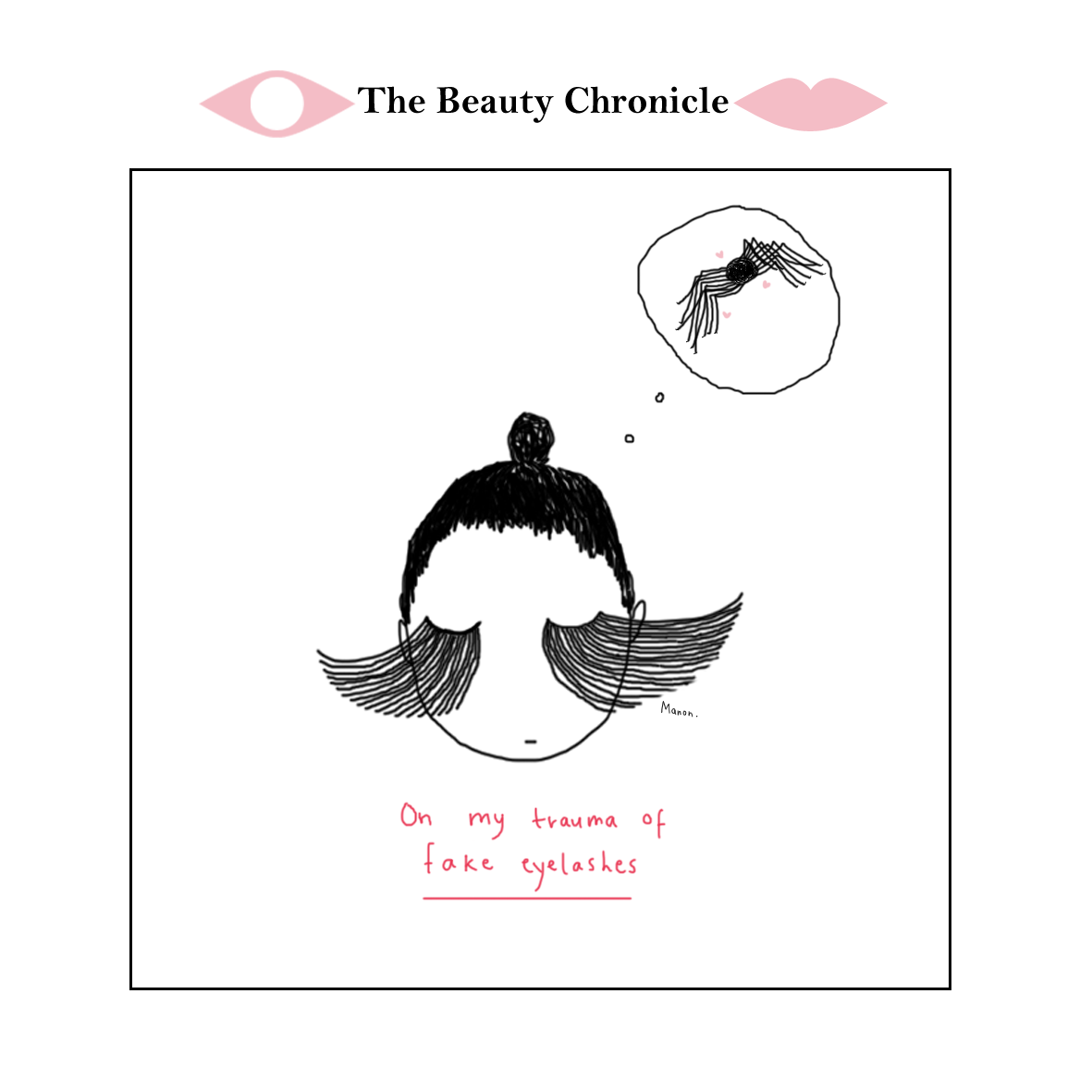It has been too long since I've written on this blog, and the beginning of summer has gotten me thinking about new ways our quest for beauty influences our society. I won't talk about Caitlyn Jenner - although it's an interesting piece of news - but rather about something that has caught my attention in the past few weeks.
I am writing from Vancouver, where I've had the chance of enjoy a few days at the beach. But not any beach. Wreck Beach, UBC's adjoining wild beach. It's an incredible stretch of sand, shaded by untamed yet beautiful greenness and scattered with countless tree logs that make wonderful pillows or seats. Wreck Beach is also a known meeting spot for BC's naturist crowd. Personally, I have no avidity for nudism, but such close interaction with people who feel incredibly relaxed strolling naked on a public beach has opened my eyes to something as basic as nudity.
After all, we are born naked.
As a child, I remember going to museums with my parents and laughing shyly at the Impressionists' numerous nudes (a damsel in a bath, haha). Having been brought up thinking of nudity and my body with modesty, I have no issue taking part in debates concerning topless attitudes, from St Tropez beaches to the Femen protesters - I'll skip the breastfeeding-in-public debate -, nor do I hide under layers of clothes when the sun is shining. But I feel modesty is an inherent part of our society, of culture, and inevitably of how we view beauty. Indeed, when is the issue of beauty more important than when we are completely bare, cloth-less. Especially when the media largely advertises a fit, slender, god-like (etc.) silhouette when it comes to half-nude models in magazine. Our quest for beauty begins when we stand naked in front of the mirror, and this self-consciousness and modesty extends to the streets for many.
There are codes to nudity in society. Not only in Occidental social habits, but, as you all know, in the Oriental culture spectrum as well (and that's no small spectrum - we can't go and say China and Iran's perception of the nude come anywhere close, and these are just two examples). Think fitting rooms vs. what we are willing to show on the beach. We are so little keen on showing skin in the public realm - with the exception of nudist beaches, and maybe skinny dipping - partly because nudity is what gets us the closest to our primary nature, and nature itself. That is, to our animality. While the city limits the possibility of nude exposure, natural settings such as a beach or even a forest, may invoke the opportunity of bareness.
When we speak of nudity in terms of representation, in the arts but also in the media, we speak of the nude, invoking both sensuality and beauty. Society has gotten us dressed in the public sphere and hints of nudity are often synonymous of sexuality. In fact, nudity sits between shame and prowess. Exposing oneself - whether it's by a booty short or by a leaked after-sex-selfie - is both rewarded and scowled at. How dare she exposes her thighs and breasts, yet, how "hot" did she look in that picture. In short, nudity is at the very center of our consideration of beauty. It's beauty ABCs if I may simplify it.
Today, when a star/model decides to present herself/himself in a bare position - often with one arm over breasts and in a position hiding the most provocative details, it's often accompanying a "revealing" article, a touching confession to a gossip-thirsty audience. Nudity seems its most appreciated when it's toughened by the word "nude" and not "naked" - a state reserved for the privacy of your home or for specimens. Where nakedness is perceived as lessening, as baring, the nude representation is often acclaimed as an ode to beauty. Moreover, the nude seems like it is at its most beautiful when it is staged. While the nude as a subject has been an essential part of Occidental art - Greek sculptures, Picasso's Demoiselles d'Avignon, and so on - photography has also upraised the naked body to both applaud to beauty and to provoke reactions. The oh-so iconic Helmut Newton's Big Nudes series shows how much of a spectacle of beauty a nude woman can be. There also is a very different representation of men and women's nudity in the media - I personally see very little representation of men in magazines. As a woman, I feel the representation of nude women - whether it be in pornography or in fashion magazine - heightens the pressure in our quest for beauty and projects it in our most intimate and vulnerable state : nakedness.










